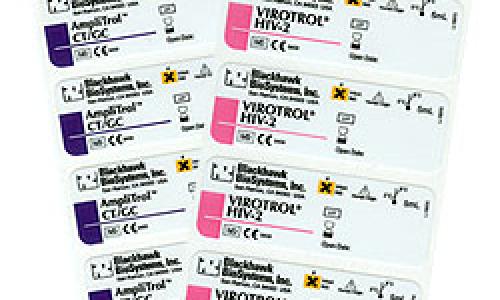Email: gm@indianbarcode.com / newdelhiprintersdwarka@gmail.com
Phone: +91-9717122688 / +91-9810822688
Email: gm@indianbarcode.com / newdelhiprintersdwarka@gmail.com
Phone: +91-9717122688 / +91-9810822688
In today's fast-paced medical environments, doctors, nurses, and
medical assistants are constantly multi-tasking, hopping from patient to
patient to perform examinations, discuss diagnoses, treatment methods, and
administer medicine doses. Our wide assortment of medical stickers includes
everything you need to flag certain conditions, specify prescriptions, and also
to keep medical and billing files neatly organized and easily accessible. We
offer a wide array of hospital stickers and laboratory labels for diagnostic
imaging, directive and informational labels to healthcare labels designed for
specialty functions and applications. Keep your medical files neatly organized
and easily accessible with numeric stickers, alpha stickers, year codes, and
month stickers. Our patient advisory and warning medical labels keep physicians
and nurses apprised of any special conditions, allergies, chemical hazards,
record confidentiality, or required signatures. To ensure clear communication
and prevent potentially life-threatening mistakes, the use of precise,
easy-to-read medical labels is a must.
Medical labels of all types, especially pharmaceutical labels
and biomedical labels, need to be rugged, flexible, and capable of surviving a
wide range of environmental conditions. Of the two, pharmaceutical labels have
the less rigorous requirements: these are labels like those generally used for
prescriptions, over-the-counter medications, vitamins, nutriceuticals, and some
ophthalmic items and medical devices. As such, pharmaceutical labels can
usually be printed on various paper stocks, although metallized stocks may be
preferable for some medical devices.biomedical labels are less forgiving. These
are the kinds of labels most often used in biomedical laboratories, where good
labeling is an absolute priority for the maintenance of both quality control and
specimen tracking. As such, biomedical labels can come in a variety of formats,
allowing for everything from hand-written labeling to barcoding, but they have
to have several things in common: they must resist chemical insult, they must
be resistant to physical shock and mechanical abrasion, and they must remain on
the sample until they´re deliberately removed. This requires the use of special
adhesives that, ideally, shouldn´t stick to the latex gloves that laboratory
personnel wear as a matter of course. All these items offer significant
challenges to any manufacturer of biomedical labels.Â
